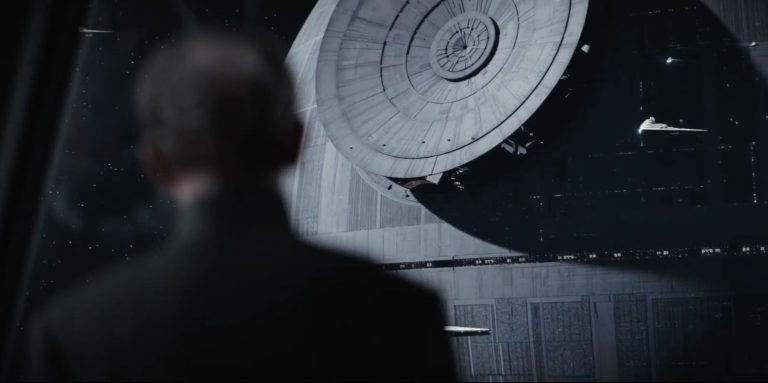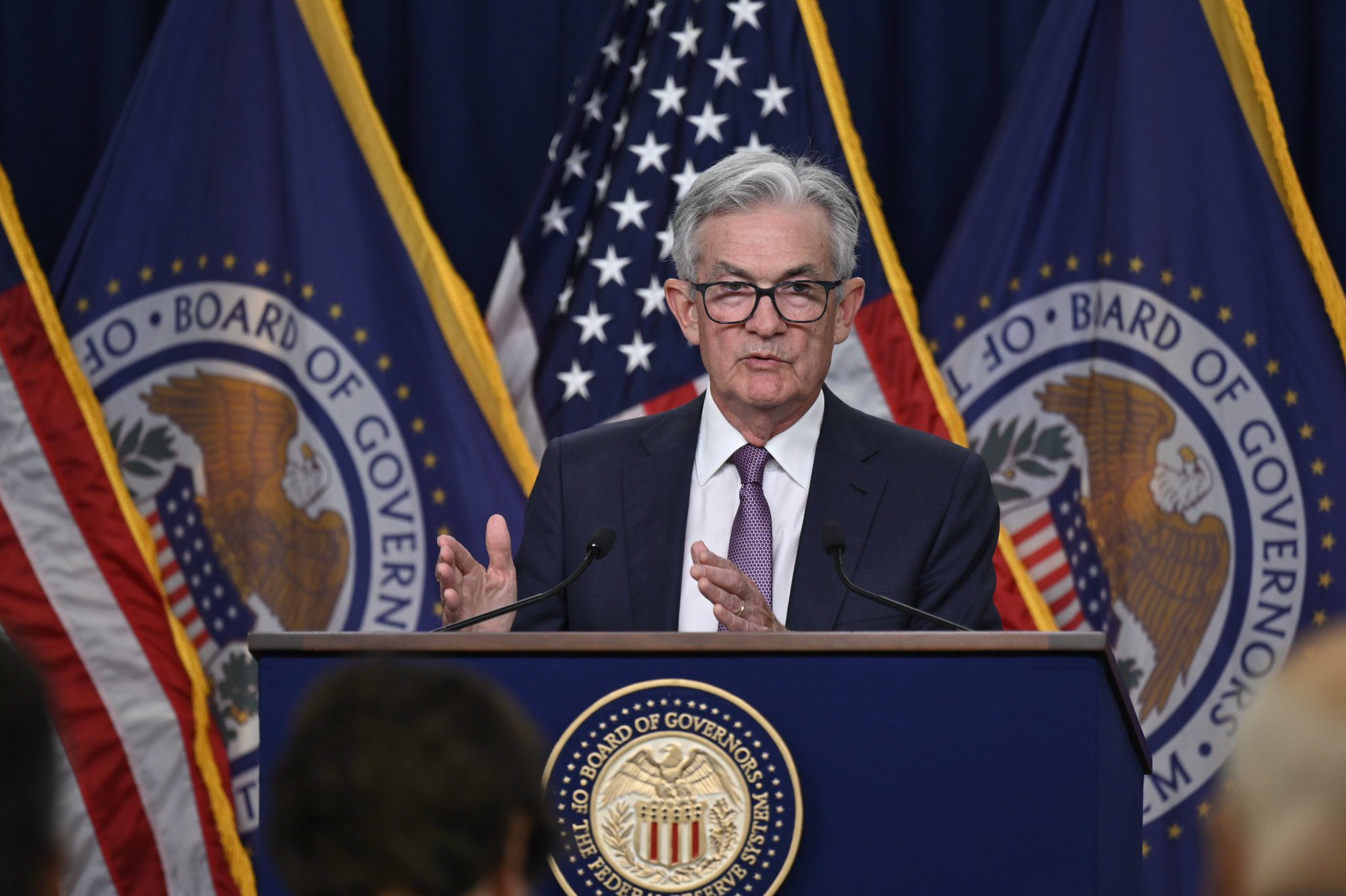Strong Growth and Unruly Inflation
Strong Growth and Unruly Inflation
Targeting a hard-to-combat enemy with a huge weapon usually has unintended consequences.
What's Next for the us economy?
We’re in the early stages of a recession so the news goes. The question on the mind of professionals in our industry is when it will start, how long it will last, and how badly it will hurt. These are difficult questions to answer forthrightly, and even more difficult to make accurate predictions on when the answers are so unclear. There are several things we know for sure: demand is out of control, inflation is at a 40-year high, and the Fed is taking action attempting to control both.
It seems like the global economy has seen the high water mark of COVID-19’s economic implications. As the proverbial water recedes, the entire planet is discovering the damage done by the rising tide. One could argue that the reactionary measures during the pandemic created the economic conditions we must solve today. Like all actions, we must now look toward the reaction on the horizon if we’re to prepare and learn for it in a meaningful way.
Economic growth is a product of increased output on a broad scale, a process that happens naturally in developed economies. That growth is measured most commonly by monitoring GDP and its rate of growth or contraction. Inflation also naturally occurs over time as the cost of broader “buckets” of goods and services increases. In the US, the Fed’s dual mandate is to keep inflation at a target rate of 2% and unemployment low.

A not to subtle metaphor
Inflation is out of control right now and we’re smack in the middle of a big experiment to fix it. When Emperor Palpatine and Darth Vader built the Death Star in Episode IV, we saw the galaxy’s greatest battle station built to eradicate the Rebel Alliance once and for all. Their goal was to build the most fearsome weapon the galaxies ever known while creating such extreme fear that the other systems would stay in line. In our world, the Fed’s monetary policy tools are like the Death Star and inflation is its target.
Targeting a hard-to-combat enemy with a huge weapon usually has unintended consequences.
When Governor Tarkin decided to blow up Alderaan to teach Princess Leah a lesson, he inadvertently fueled the Rebel Alliance. Large actions can have large consequences unless they’re executed with rare precision and timing.
Monetary Policy is tightening. Quantitative Tightening (QT) is about to begin as the Fed unwinds unprecedented asset purchases by reducing its current $8.8 Trillion balance sheet. My Death Star metaphor applies here for two reasons: 1. I am a huge Star Wars fan and 2. The principles in the story have an overlay to make things more understandable. I’m looking for my own “aha!” moment in the deeper context of the story playing out before our eyes, and it will introduce the next section.

Labor Market Tightness during WWI and the Postwar Recession of 1920-1921
A recently published paper by the Federal Reserve’s Jin-Wook Chang and FDIC’s Haelim Anderson concluded that the Federal Reserve miscalculated the lag times inherent in monetary policy changes, leading the central bank to raise interest rates during the early stages of a recession. Moreover, the rates were raised too quickly. While it is important for the Federal Reserve to tighten monetary policy and manage inflation, it is also important to adjust policy rates at an appropriate pace. Monetary policy tightening under multiple macroeconomic risks can create uneven slacks in the labor markets across sectors and by gender.
Fixing the inflation problem is akin to trying to kill a fly with a bazooka. It’s not easy and there’s a very good chance you’re going to miss that fly.
We’ve been shooting off bazookas for a couple of years now, hoping that they hit the mark, hoping that they patch up the economic damage caused by global lockdowns, supply chain issues, labor market slack, and more. Collateral economic damage is an unintended consequence of firing off a missile packing an explosive ordinance of monetary policy on the front end of it. Now that the dust has settled, the collateral damage of the Fed’s “Bazooka Policies” are coming to light, and inflation is one of them.
Pumping massive amounts of liquidity into the system is the simplest way to describe the Fed’s approach to combatting the global economic slowdown brought on by COVID-19. The benchmark discount rate was set to nearly zero and asset purchase programs patched the holes that the pandemic created. That is until 2021 started to show that collateral damage was taking the form of nasty inflationary pressures across the global economy. Some economists called for a rollback of pandemic-era programs in early 2021, but we didn’t see them until 2022. Now we’re witnessing steady discount rate hikes at a pace reminiscent of the Fed’s response to the depression of 1920 to 1921.
Chang and Anderson’s research suggests that following WW1, labor demand remained strong as the economy adjusted back to a peacetime footing and households began to increase their consumption. It follows that as soldiers began to come home and reestablish their home lives, demand for labor and consumer goods followed positively. The industry of war was replaced with the industry of consumption from 1919 until 1920, which survived the mild recession of 7 months in 1919. The Fed maintained an accommodative monetary policy until 1920 and Federal spending remained elevated as well.
Now we’re witnessing steady discount rate hikes at a pace reminiscent of the Fed’s response to the depression of 1920 to 1921.
Chang and Anderson’s research demonstrated that labor demand reacted sharply and quickly to the Fed’s tightened monetary policy in 1920. Concurrent reduced Federal Spending caused a major depression, which outpaced policymakers’ abilities to track current economic conditions. An intrinsic lag time exists between major policy changes and market reactions. The speed of policy changes implemented in 1920 didn’t give the market enough time to react to that the Fed could adjust successive decisions based on market feedback

My Take
My personal view is that the Fed’s reaction to COVID-19 was a massive liquidity bandage meant to stopgap demand via low-interest rates, keep labor markets tight, and prevent liquidity shortcomings until lockdowns were lifted. The problem is that it was too much and for too long while underlying macro problems persisted. I believe the combination of the two resulted in the issues we face today and why I’m writing this now.
The question on my mind and many others, including Chang and Anderson, are those responsible for the reaction to COVID-19 capable of a fix that won’t kill the economy? Are they actually capable of achieving the “soft-landing” they claim they’re capable of?
The labor market tightness in the period proceeding WWI serves as a reminder that approaching the delicate task of taming inflation with a blunt instrument is no easy task. When you aim the proverbial bazooka into the void, it will hit whatever is in its path.
Looking into the crystal ball is always opaque, but the clues of the past can clear it up enough to draw reasonable conclusions. With enough luck, a little clarity can provoke meaningful discussion.





[…] Fed Funds rate hike marks the latest installment in the David vs. Goliath fight against inflation. In my last writeup, I made it clear that the firemen helped fuel the very fire they’re currently at war with. […]